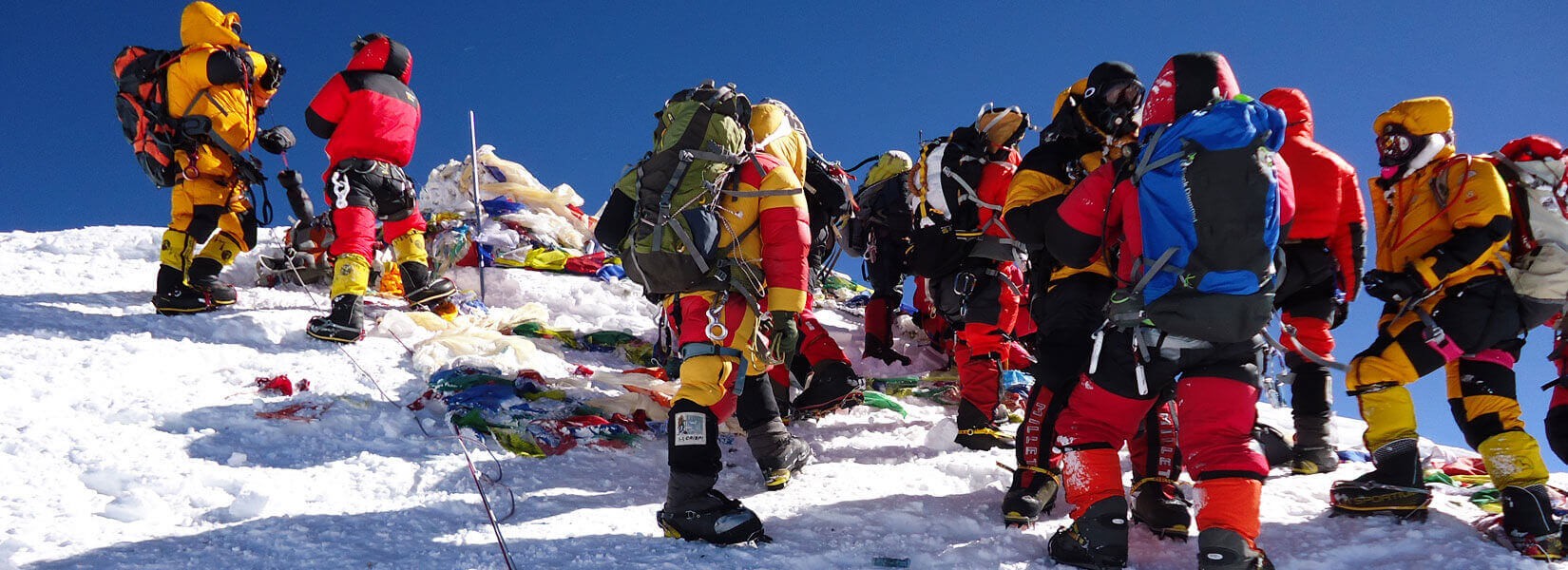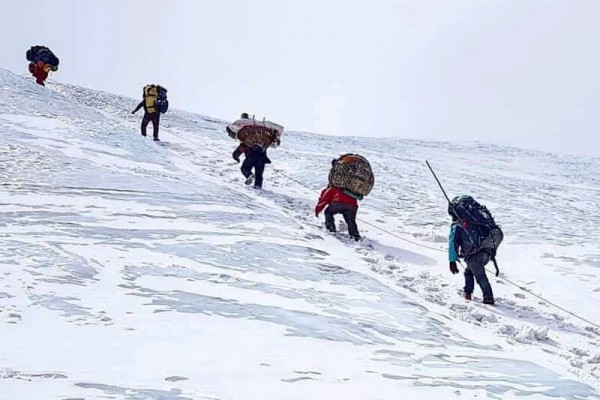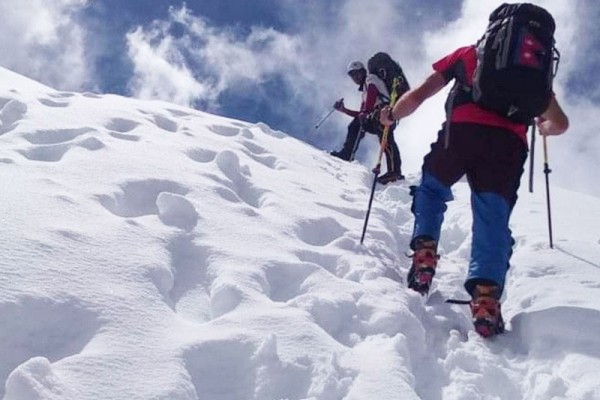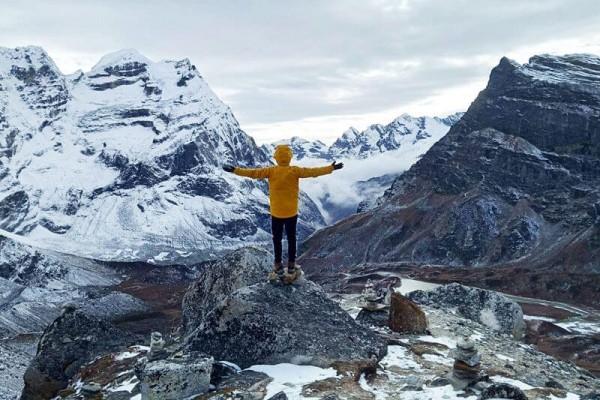Sherpa's are one of the high Himalaya alpine ethnic group of Nepal. Sherpa in literal terms, means people of the east in the Tibetan Language. Originally from Tibet about 500 years ago, they have a close similarity with the Tibetan language, culture and religion. The major occupation of Sherpa includes agriculture, animal husbandry, and trade and they are famous for trekking and mountaineering.
Sherpa is a combination of Tibetan words Shar (East) and Pa (People) “People of the east”. They had migrated from eastern Tibet and now live in eastern part of Nepal. Sherpa are most famous among the Himalayan person because of their impeccable mountaineering skills which has made them as indispensable part of mountain expedition as leaders, guides and porters. They have set many records in the Mountaineering world. The ancestral territory of Sherpa lies in the valley between Dudhkoshi and Sunkoshi Rivers, the original habitants of hilly regions of Solukhumbu district, situated in the lap of the Everest, the world’s highest mountain. Sherpa densely inhabit in Solukhumbu, Dolakha, Sindhupalchok, Rasuwa and eastern Taplejung districts including in Kathmandu valley.
Sherpa have distinct language, religion and culture. Sherpa They follow Buddhism and their culture, rituals, festivals, and customs all are based on the Buddhist religion. They are devout Buddhists and have Gompas (Monasteries) in their village. Lhosar, the New Year festival, is the major festival celebrated with much fanfare. They greet their guests with Khada scarf. Chhewa is performed for the dead. With a few difference, the culture, lifestyle, customs and rituals of Sherpa resemble Tibetan. After the death of a person, the lama recites the sacred text and designates the auspicious occasion for cremation. Sherpa cremate or bury the dead as per the instructions of the lama.
The houses of Sherpa are two storied with roofs of wood or stone. The Sherpa live on the second floor of the house. Their dress is similar to Tibetans. They are animates and worship the mountains, lakes and forests as the abode of gods, goddesses or souls and spirits. The major traditional occupation of Sherpa is animal husbandry. They also grow crops like potato. However, the thriving profession of today is tourism, trekking and mountaineering. Trade and business are also the traditional activities of Sherpa. Tourism has brought about a radical change in the life of Sherpa. According to the latest national Census 2011, the population of Sherpa is 112,246.
The Sherpa language and scripts are derived from Tibetan language, belonging to the Tibeto-Burman language family. They use Sambhoti script, which is a Tibetan script. They practice Buddhism of the Nyingma-pa, oldest Buddhist sect.
More Articles on Sherpa: National Geographic



